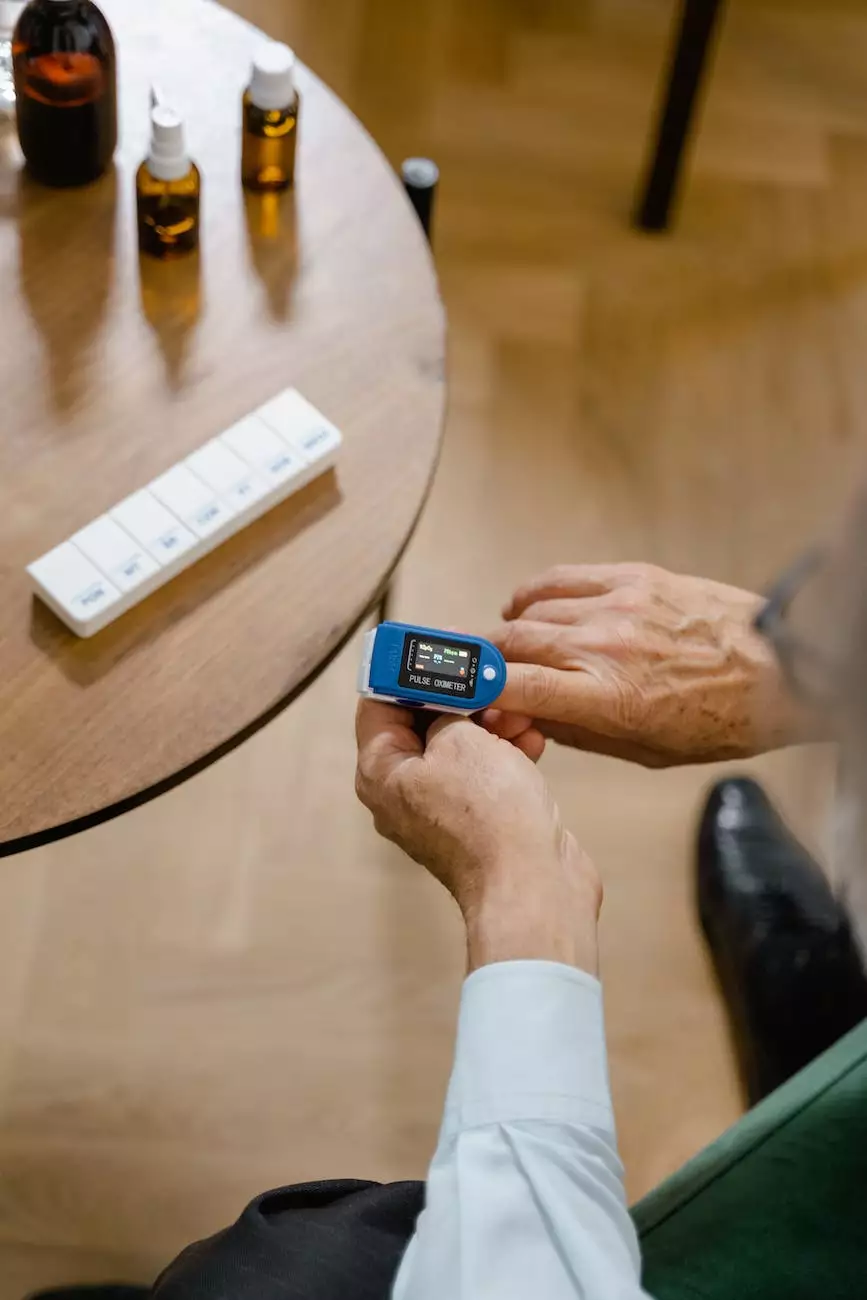PAD Peripheral Artery Disease Treatment at Vein Center of Arizona

Introduction
Welcome to Vein Center of Arizona, where we take pride in offering premier vascular medicine services. Our dedicated team of doctors specializes in providing comprehensive care for patients with peripheral artery disease (PAD). Understanding the impact of this condition and the available treatment options is crucial to ensure better health outcomes.
What is Peripheral Artery Disease (PAD)?
Peripheral Artery Disease, commonly referred to as PAD, is a condition that affects the arteries outside of the heart and brain. It occurs due to the accumulation of plaque in the arteries, leading to reduced blood flow to the limbs, most commonly the legs. PAD can cause a variety of symptoms, including leg pain, cramping, and difficulty walking.
Diagnosing PAD
At Vein Center of Arizona, our doctors use advanced diagnostic techniques to accurately identify peripheral artery disease. These include:
- Ankle-Brachial Index (ABI): This non-invasive test compares blood pressure in your ankles and arms to determine the presence of PAD.
- Doppler Ultrasound: This painless test uses sound waves to create images and evaluate blood flow in the affected area.
- Angiography: In some cases, our doctors may recommend an angiography to obtain a detailed view of the affected blood vessels.
Treatment Options for PAD
At Vein Center of Arizona, we offer a range of advanced treatment options to effectively manage peripheral artery disease:
1. Lifestyle Modifications
Lifestyle changes play a crucial role in managing PAD. Our doctors will provide personalized recommendations, including:
- Smoking Cessation: Quitting smoking is essential to reduce further damage to the arteries.
- Exercise Program: Regular physical activity can improve blood flow and alleviate symptoms.
- Healthy Diet: A balanced diet, low in saturated fats and high in fruits and vegetables, can help manage PAD.
- Weight Management: Maintaining a healthy weight reduces stress on the affected blood vessels.
2. Medications
In some cases, our doctors may prescribe medications to control symptoms and reduce the risk of complications associated with PAD. These medications may include:
- Antiplatelet Drugs: Medications such as aspirin or clopidogrel can help prevent blood clots.
- Cholesterol-lowering Drugs: Statins are commonly prescribed to manage high cholesterol levels.
- Blood Pressure Medications: Controlling high blood pressure is crucial in managing PAD.
3. Minimally Invasive Procedures
For more severe cases of PAD, our highly skilled doctors perform minimally invasive procedures to improve blood flow and alleviate symptoms:
- Percutaneous Transluminal Angioplasty (PTA): This procedure involves inserting a balloon-like device into the affected artery to widen it and restore proper blood flow.
- Stent Placement: In some cases, a stent may be placed during the angioplasty to help keep the artery open.
- Atherectomy: This procedure involves the removal of plaque buildup from the artery using specialized devices.
4. Surgical Bypass
In severe cases where minimally invasive procedures are not sufficient, our experienced surgeons may recommend surgical bypass to redirect blood flow around the blocked artery, allowing the affected limb to receive adequate blood supply.
Conclusion
At Vein Center of Arizona, we prioritize your health and well-being. With our team of highly skilled doctors and advanced treatment options, we provide exceptional care for patients with peripheral artery disease. Whether through lifestyle modifications, medications, minimally invasive procedures, or surgical intervention, we strive to deliver the most effective PAD peripheral artery disease treatment to improve your quality of life. Don't let peripheral artery disease hold you back; contact Vein Center of Arizona today to schedule a consultation!










